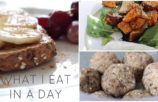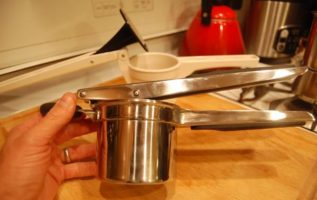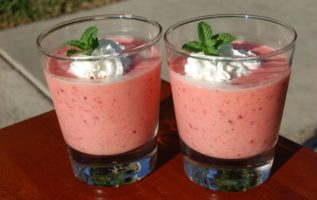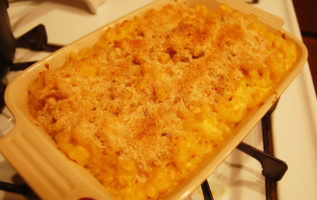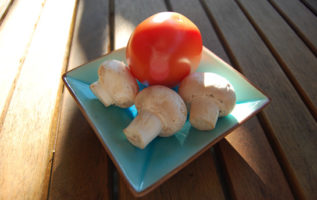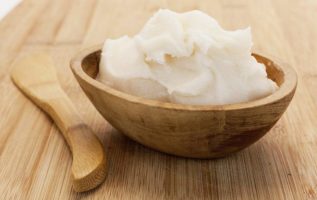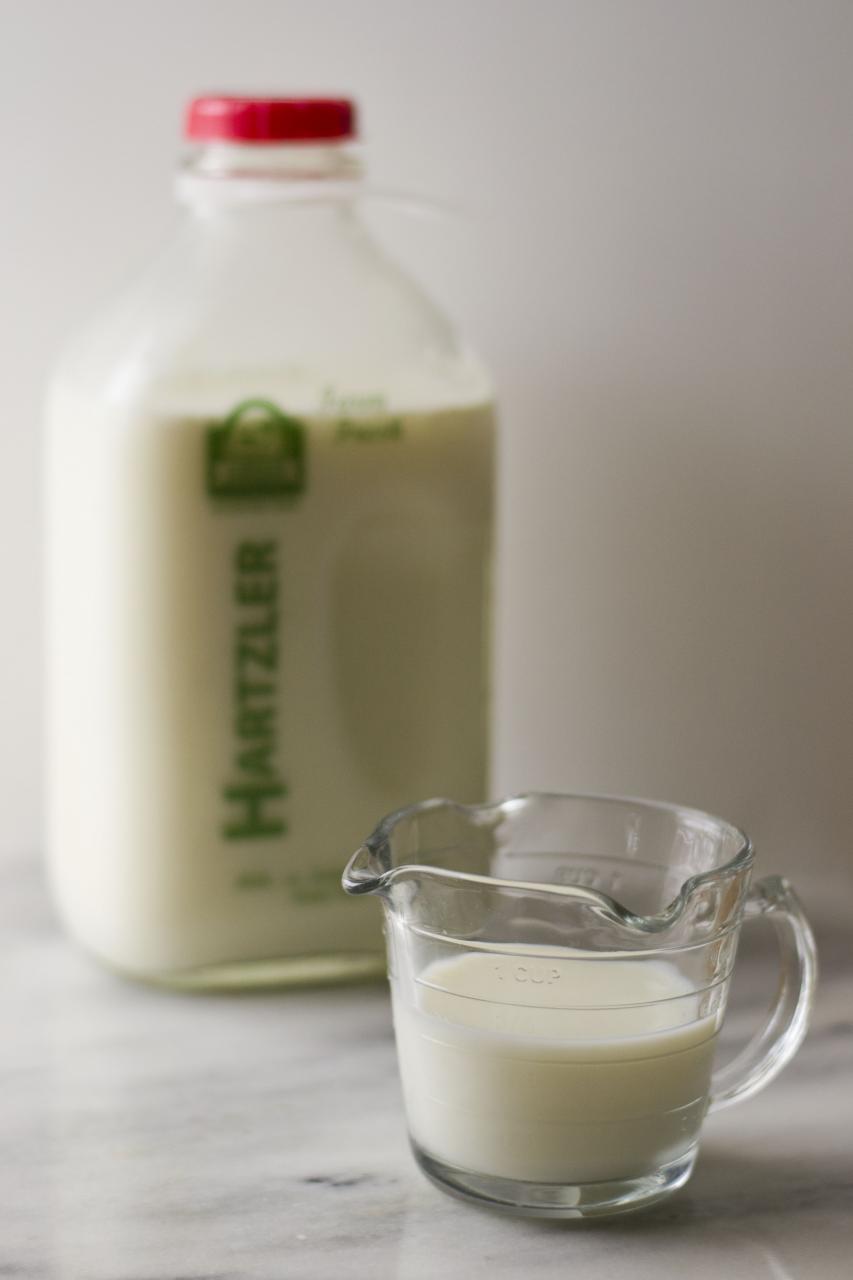 I got a little ahead of myself by writing about butter last week before milk (sorry, I just love butter somuch). As mammals, we humans (or at least us lady-folk) make our own milk, and it’s the first thing we eat straight out of the womb. So it is no wonder that the cow is or has been considered sacred by many religions around the world, considering they offer a replacement for our mother’s milk. While humans get milk from many different animals, cow’s milk is the most commonly used in the United States and in baking, so that is what I will discuss here. Milk is used in a variety of baked goods and desserts, including cakes, muffins, ice cream, and puddings.
I got a little ahead of myself by writing about butter last week before milk (sorry, I just love butter somuch). As mammals, we humans (or at least us lady-folk) make our own milk, and it’s the first thing we eat straight out of the womb. So it is no wonder that the cow is or has been considered sacred by many religions around the world, considering they offer a replacement for our mother’s milk. While humans get milk from many different animals, cow’s milk is the most commonly used in the United States and in baking, so that is what I will discuss here. Milk is used in a variety of baked goods and desserts, including cakes, muffins, ice cream, and puddings.
TYPES OF MILK
Whole Milk: Whole milk has none of the fat from the raw milk removed, so it typically has a fat content of 3.5-4%. This is the best kind of milk for baking because the fat content makes things moister and more tender. If a recipe just calls for “milk,” use whole milk whenever possible.
1% and 2% Milks: Also known as low-fat and reduced-fat milks, respectively. These can be used in place of whole milk in baking, but the result might be slightly dryer than with whole milk. Usually it is not noticeable, though, so if you have this one hand, feel free to use it for cakes, muffins, and the like. I wouldn’t recommend it for ice creams, puddings, etc.
Skim Milk: This milk has no more than 0.2% milk fat left in it. I grew up on skim milk, but I no longer drink it or use it in baking. Like low-fat and reduced-fat milks, it may do in a pinch.
MEASURING MILK
When measuring milk, as with any liquid, pour it into a liquid measuring cup until it reaches the measurement marker you desire. Make sure your eye is at the same level as the measuring marker to ensure accuracy. I often measure milk and liquids by weight so I don’t have to mess with dirtying measuring cups. The weight is the same regardless of the fat content of your milk. 1 cup milk = 244 grams = 8½ ounces.
HOW MILK IS MADE
Like humans, cows must first give birth to produce a lot of milk. By continuing to stimulate the mammary glands in the cow’s utters after birth (milking), the cow will keep producing milk. Cows are typically bred in cycles to keep their natural pregnancy hormones in balance so that they will continue to make milk. After milking, most milk is pasteurized, a process which involves heating and quickly cooling the milk in order to kill any of the bacteria that was in the raw milk. Many milks are also homogenized to be more uniform and prevent the cream from rising to the top. During homogenization, the milk is pumped through small nozzles that shred the fats in the milk into tiny pieces. Because there is not enough membrane left to cover all the surface area of the new fat pieces, casein attaches to the uncoated fat globules, preventing them from clumping together and helping them stay suspended evenly in the milk. This gives milk its smooth texture. Some milks are fortified to add back some of the nutrients lost in the previous two processes. Vitamin D is added because it helps us absorb the calcium in the milk, and Vitamin A is often added to lower fat milks.
WHAT’S IN MILK?
Although all milk contains the same nutrients, the proportions of those nutrients vary based on the species of cow from which it came. Generally, cow milk contains approximately 4% fat, 3.5% protein, 5% lactose, 0.7% minerals, and 87% water. Lactose is the sugar (and the only carbohydrate) found in milk. Glucose and galactose combine in the cow’s mammary gland and form lactose. A special enzyme, called lactase, is required to digest lactose. Unfortunately, this enzyme is lost by most of the human population after early childhood. Without this enzyme, digesting milk is very difficult. Those who have trouble digesting milk and milk products are called lactose intolerant .
Source: siftandwhisk.com (defunct blog)















